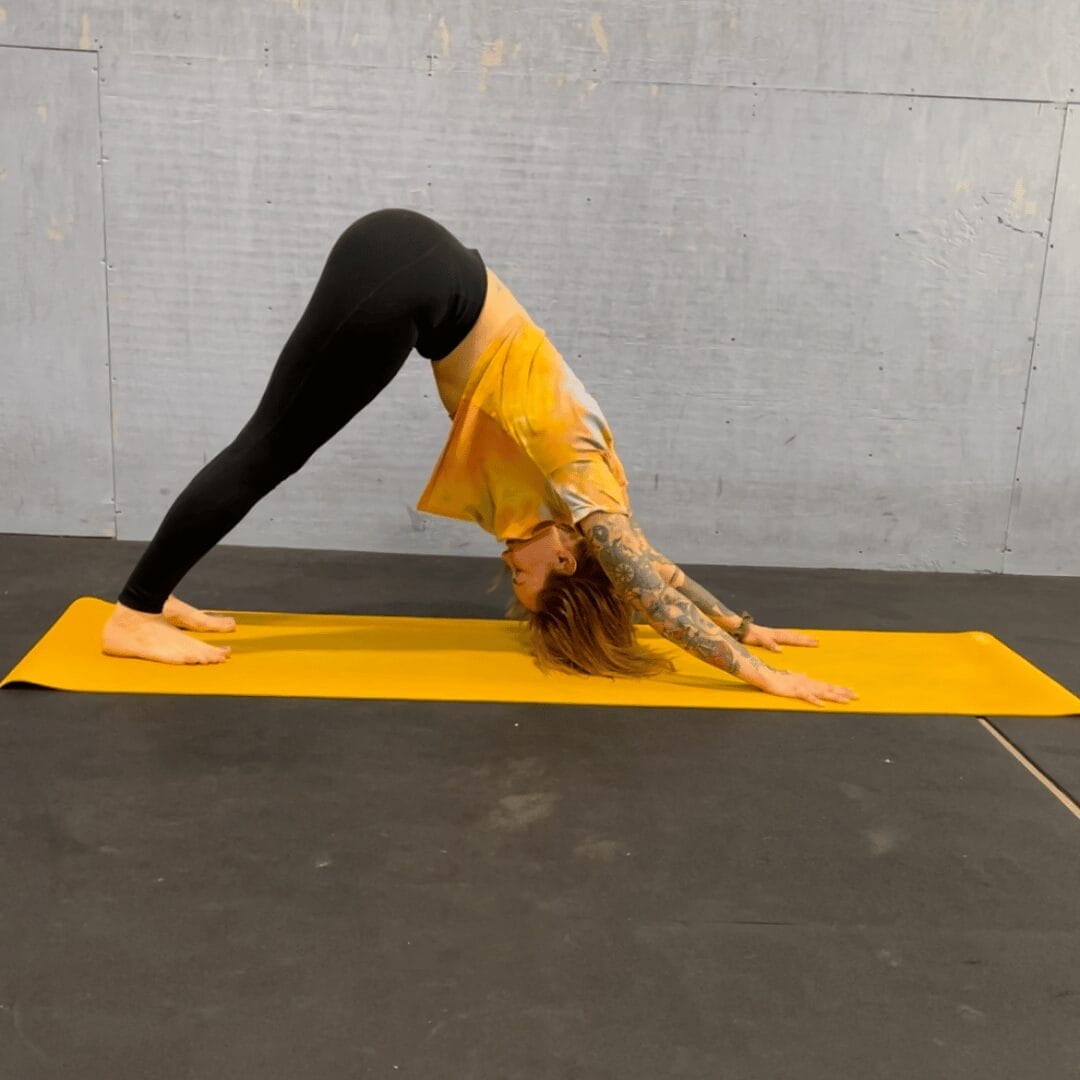“Your willingness to look at your darkness is what empowers you to change.” —Iyanla Vanzant
Weekly Focus: Svadhyaya — self-study (the fourth Niyama — personal observance)
Like the chill of winter, looking into ourselves can be uncomfortable. However, just as the winter opens up to the beauty of spring, sitting in the deep spaces of our mind may open ourselves to our infinite consciousness.
From the root words “sva” meaning self and “dhyai” meaning “to contemplate, to think on, to recollect, or to call to mind.” Svadhyaya is the process of getting to know the Self — our infinite consciousness, our divine nature. This process is not taken on lightly however, and cannot be defined by any one action or process. Truly, svadhyaya can be seen as a collection of processes to more intimately know the Self. Part of this process, is to sit, in steady awareness, with our discomforts, and to recognize the dark places. When we recognize the parts of ourselves that do not align, we are then empowered to work through them, taking one step closer to our authentic Self.
Passive Pose of the Week: Balasana — child’s pose
Encourage yourself to settle into the discomfort of this pose and give it a long look. Give yourself the support your need to sit with it. From a tabletop pose, widen your knees slightly and bring your big toes to touch. Press your seat back towards your heels, letting your body fold to the ground. Child’s pose is often touted as a “resting posture.” However, this pose doesn’t feel restful to many individuals. It’s important to consider the words we use when we discuss what a pose is or is not for individuals. You may relate to this. If you find child’s pose to be uncomfortable, let’s look at a few ways to help support and ease the pose. If you cannot get your seat low, and it feels very high in the air, try stacking blocks beneath so you have somewhere to land. This will signal to the hips to release and ease tension. If your knees don’t enjoy pressure from hard surfaces, pad your area with a blanket. Perhaps the knees do not feel god with compression, trying bring a blanket or small bolster behind the backs of the knees. If the ground feels very far away, you may bring in a pillow or bolster for your belly and chest to land on. Even further, your ankles and feet may not appreciate this position either! Roll a blanket or towel to place underneath of the feet or ankles. There are lots of ways to adapt this pose, and while you still may not love child’s pose, you may find a little more support for your body with these options.
Active Pose of the Week: Adho Mukha Svanasana — downward facing dog pose
Take a literal and metaphorical turning in with this self-facing inversion. From a tabletop pose, walk the hands one hand print forward, tuck your toes and hover your knees. Press the hips up and away from yours hands, making a triangle shape with your body. Here is another pose that can be uncomfortable at first. Sometimes, we strive to make downward facing dog look a certain way. Let’s consider how it feels. There is no rule that our legs must be straight, or our heels to the ground. Try a few of these adaptations to support the discomfort: keep a soft bend in the knees, and take a slightly wider stance with your feet. Allow your heels to lift and hover from the ground. Take the hands just slightly wider than your shoulders, and maybe even try bringing blocks beneath them. You can even try lengthening or shortening your stance slightly. Notice how these subtleties adjust and change the pose. What works, what doesn’t? Face every aspect that you are able to within the posture.

